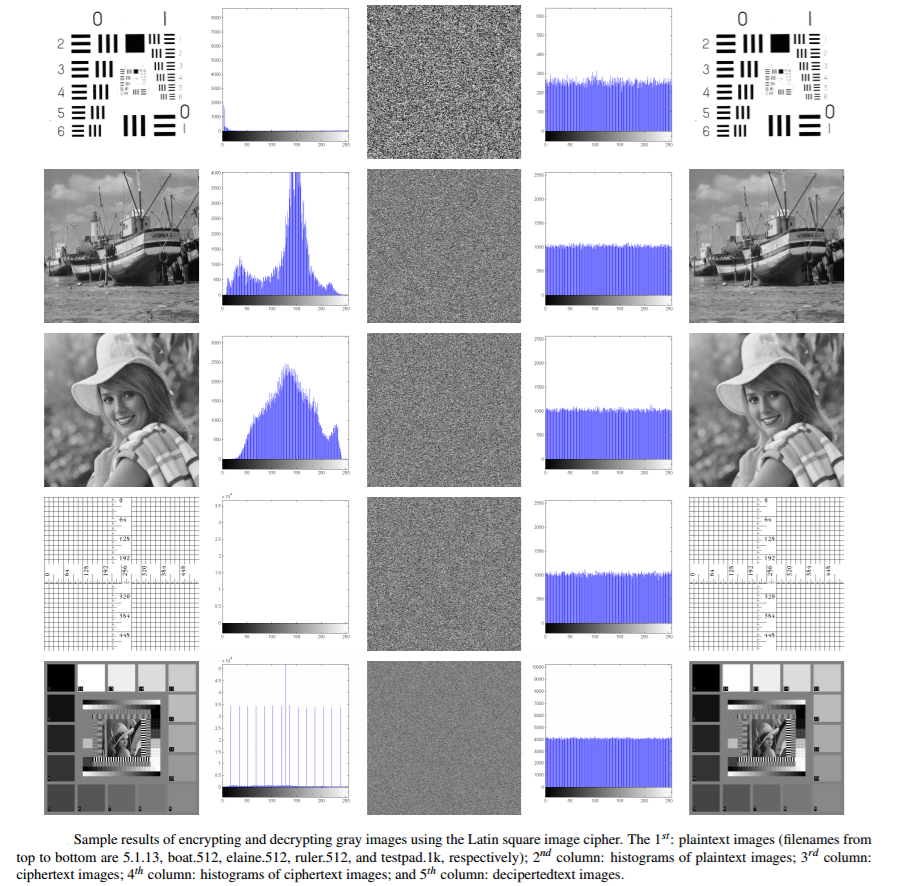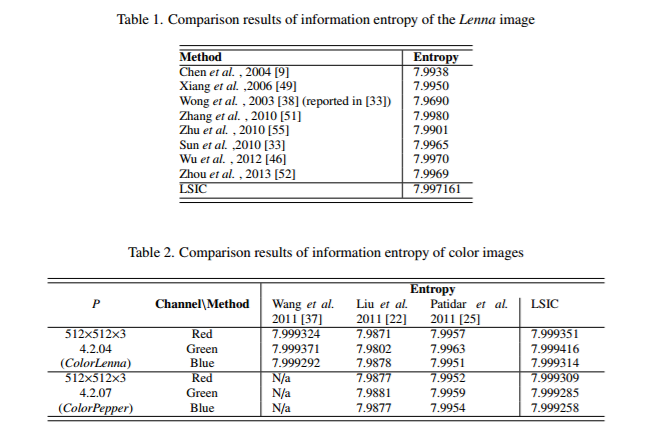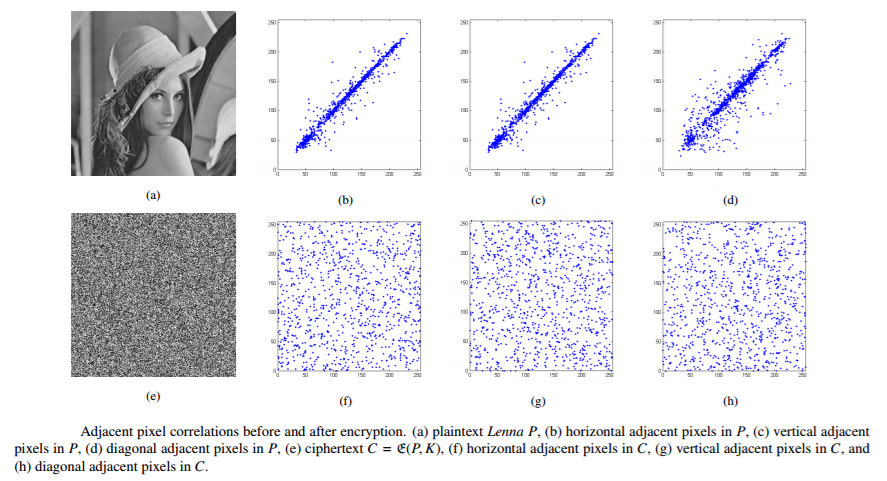Design of Image Cipher Using Latin Squares
Introduction
It introduces a symmetric-key Latin square image cipher (LSIC) for grayscale and color image encryption. The main contributions include 1) it proposes new Latin square image encryption primitives including Latin Square Whitening, Latin Square S-box and Latin Square P-box; 2) it develops probabilistic image encryption by embedding random noise into the least significant bit-plane of images; and 3) it designs a new loom-like 2D substitution-permutation network maintaining good confusion and diffusion properties with extra error tolerance. Theoretical analysis and simulation results show that the proposed method has many desired properties of a secure cipher, shows robustness against different attack models, and outperforms state of the art suggested by many peer algorithms
This new LSIC has distinctive characteristics: 1) the LSIC is purely defined in integers, and thus it can be easily implemented in software and hardware without causing finite precision or descritization problems; 2) the LSIC constructs all encryption primitives based on one keyed Latin square, including whitening, substitution and permutation, and thus the LSIC attains high sensitivities to any key change; 3) the LSIC encrypts image pixels in the unit of byte instead of bit and processes a 256 × 256 plaintext image at one time, and thus it is efficient for image data; 4) the LSIC arranges all these encryption primitives in the framework of substitution-permutation network, and thus it attains good confusion and diffusion properties; 5) the LSIC also integrates probabilistic encryption allowing to encrypt one plaintext image into different ciphertext images with one encryption key; and 6) the LSIC’s decryption stage is robust against a certain level of errors.
Main results
 |
 |
 |
Reference:
Yue Wu, Yicong Zhou, Joseph P. Noonan, and Sos Agaian, “Design of Image Cipher Using Latin Squares,” Information Sciences, vol. 264, pp. 317–339, 2014